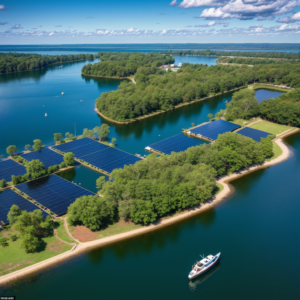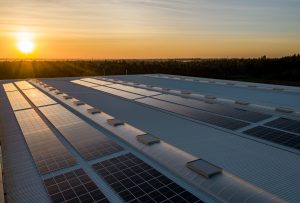Flat Panels vs Collectors with Vacuum Tubes
Collectors are one of the most important parts of solar systems for heating water. There are various models of solar collectors, ranging from integrated systems, systems with parabolic mirrors and many others. Most popular of all are flat collectors and collectors with vacuum tubes.
Flat Collectors
Collector with a flat surface is a mixture of spiral of copper pipes with small profile, mounted on copper absorbers, with four walls and the base of the collector made of aluminum. The upper part of this flat collectors is covered with toughened no reflection glass.
Copper pipes are glued on copper plates – absorbers, and are coated with highly absorbent paint, which increases the efficiency of transformation of solar radiation into thermal energy. The diameter of copper tube is crucial for the transmission of heat or performance of the system.
The water passes through a series of copper tubes inside the collector where the heat is transferred from copper plates to the water.
Flat panels are used quite often in pump systems, but there are flat panels that are well suited for thermal systems where water flow is vertical which satisfies the principle of flow of water with different densities, from top to bottom.
Vacuum collectors
In vacuum tube’s, collector consists of a number of vacuum glass tubes that are connected in the collector, through which water passes through each tube and heated as it travels through the collector.
The numbers of glass tubes that are used vary depending on the size of the system. Generally, for households one tube has to warm up about 10 liters capacity of water tank.
Evacuated tube is made of two concentric glass tubes. Between the pipes there is a vacuum that isolates the inner tube which reduces heat loss.
The inner glass tube is coated with an industrial absorbent coating that converts ultraviolet radiation into thermal energy and energy reserves. The circular shapes of the tubes allow at any moment of the position of the sun to absorb maximum solar energy because the sun at any time will be set below 90 degrees to the pipe.
For collectors with vacuum tubes, the thickness of the outer glass tube should be a minimum of 2 mm. This is needed to prevent damage to the collector in extreme outdoor conditions.
Advantages and disadvantages of both types
Flat panels
Advantages
- Good indicators so far in their use;
- Long lasting technology;
- Examined quality of collectors;
- Resistant to breaking.
Disadvantages
- Slowly reach higher temperatures;
- Lower efficiency;
- Reduced efficiency in the morning and evening;
- Lower efficiency in winter.
Vacuum collectors
Advantages
- Increased efficiency;
- Larger differences in ambient temperature;
- Smaller area or space for installation.
Disadvantages
- New still not explored technology;
- Short-term of their use;
- Problem by reducing the vacuum is designated;
- Fragility








